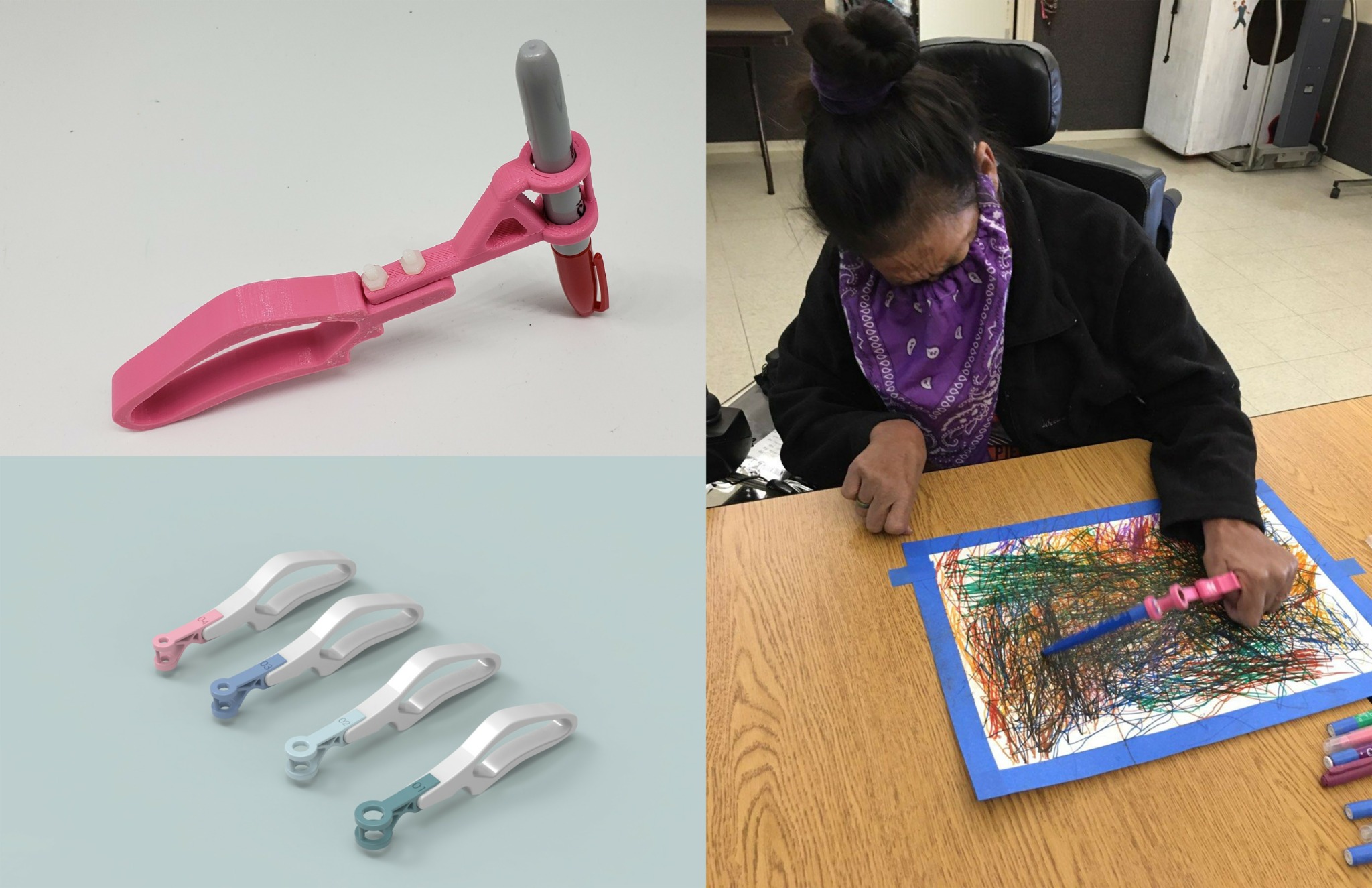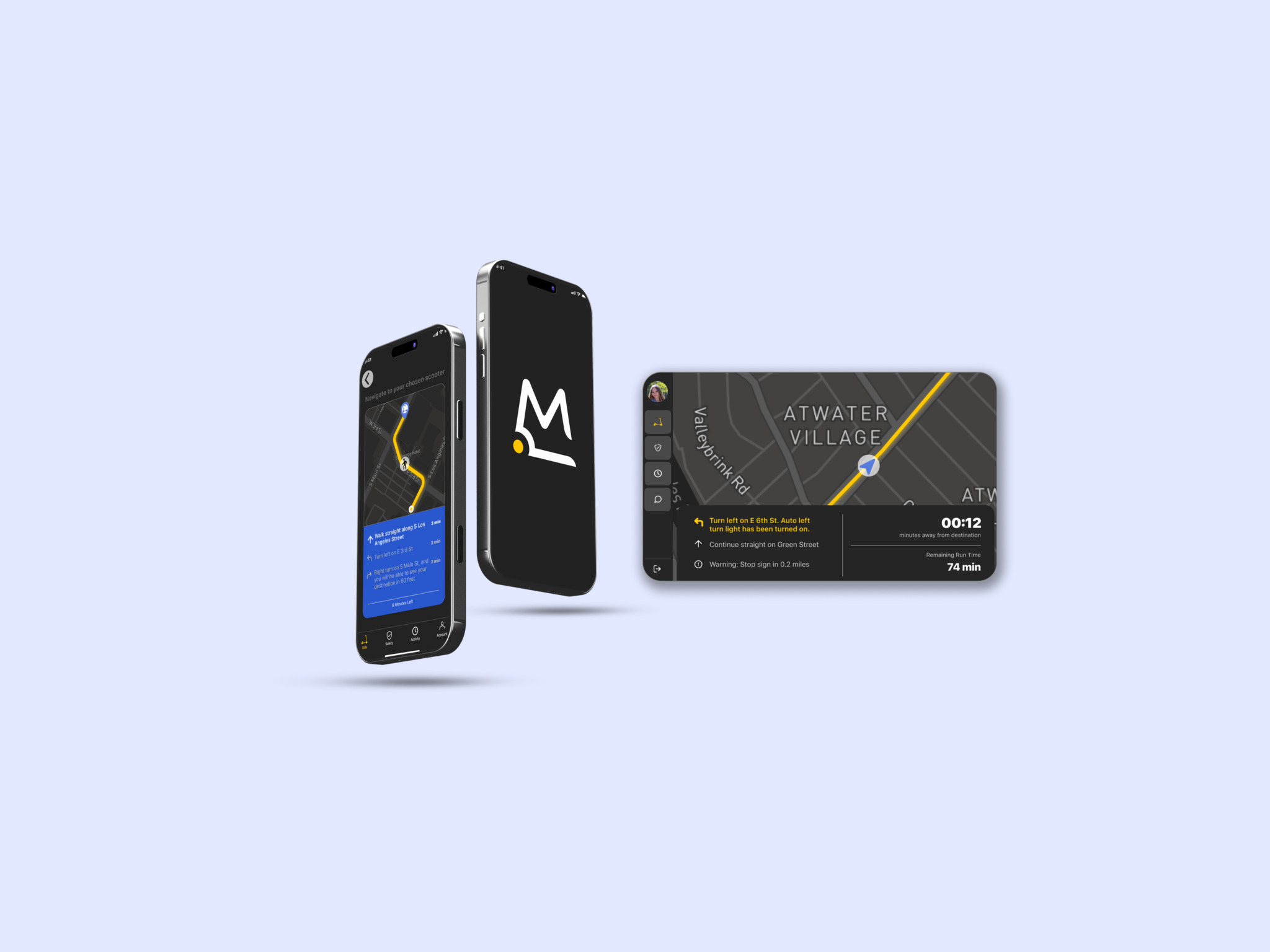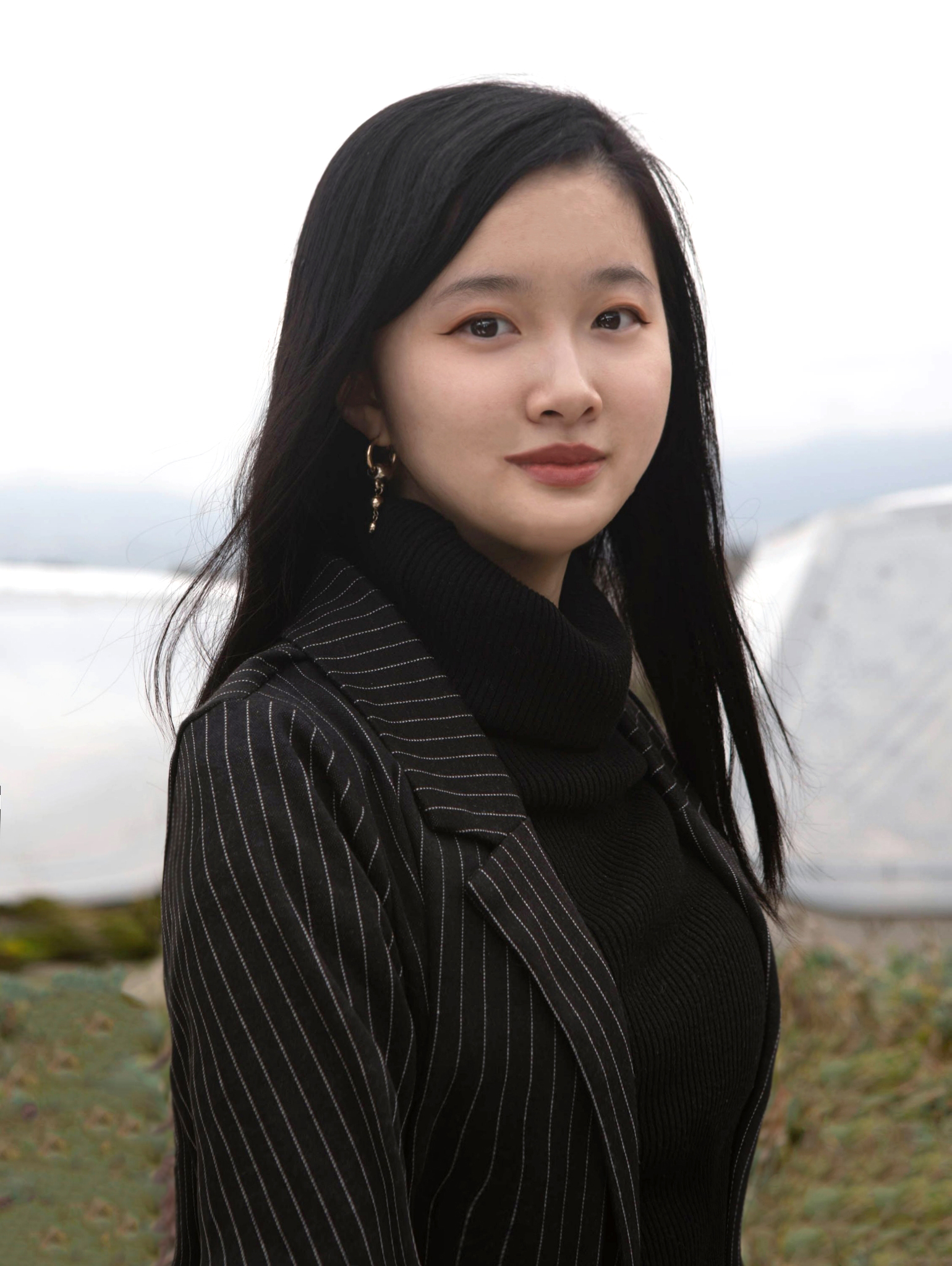We recently connected with Yian Lin and have shared our conversation below.
Hi Yian, thanks for joining us today. What’s been the most meaningful project you’ve worked on?
The most meaningful project I’ve worked on is Versita, an assistive drawing aid designed for people living with Cerebral Palsy. This project represents everything I believe design should be: functional, empathetic, and genuinely life changing.
The backstory starts when I was exploring disability and assistive design. I had the opportunity to connect with Momentum4All, a disability services organization in Los Angeles formerly known as United Cerebral Palsy of Los Angeles. Through them, I met artists with CP who shared their daily struggles. People with Cerebral Palsy face significant difficulties with hand movement, muscle control, and balance. For someone who loves to create art, these limitations become incredibly frustrating.
Through user research, I learned that CP artists were seeking a tailored, adjustable and ergonomic solution that could bring them independence in their creative experience. Based on this feedback, I designed Versita as a modular tool kit using 3D FDM printing technology with annular snap joints, cantilever snaps, and nylon pins to create an adjustable, mass producible solution. The main grip fits comfortably in the user’s hand, and a separate pen holder tip snaps onto it to secure different art tools. I created four different sizes so users could switch between pencils, markers, and brushes.
The most important part was the user testing. Watching CP users test the prototypes and hearing their feedback that it was comfortable, easy to use, and genuinely helpful was the moment everything clicked. They told me it enabled them to grip art tools in a stress free way and allowed flexible movement while drawing.
This project led me to a six month internship at Momentum4All where I continued developing adaptive medical products and working directly with therapists and users, designing products for kids in rehab and more users in need. Seeing my design actually being used by real people, helping them express their creativity and gain independence, that’s what makes this project unforgettable. It solidified my commitment to Inclusive Design/Design for Disability and working with communities that are often overlooked.
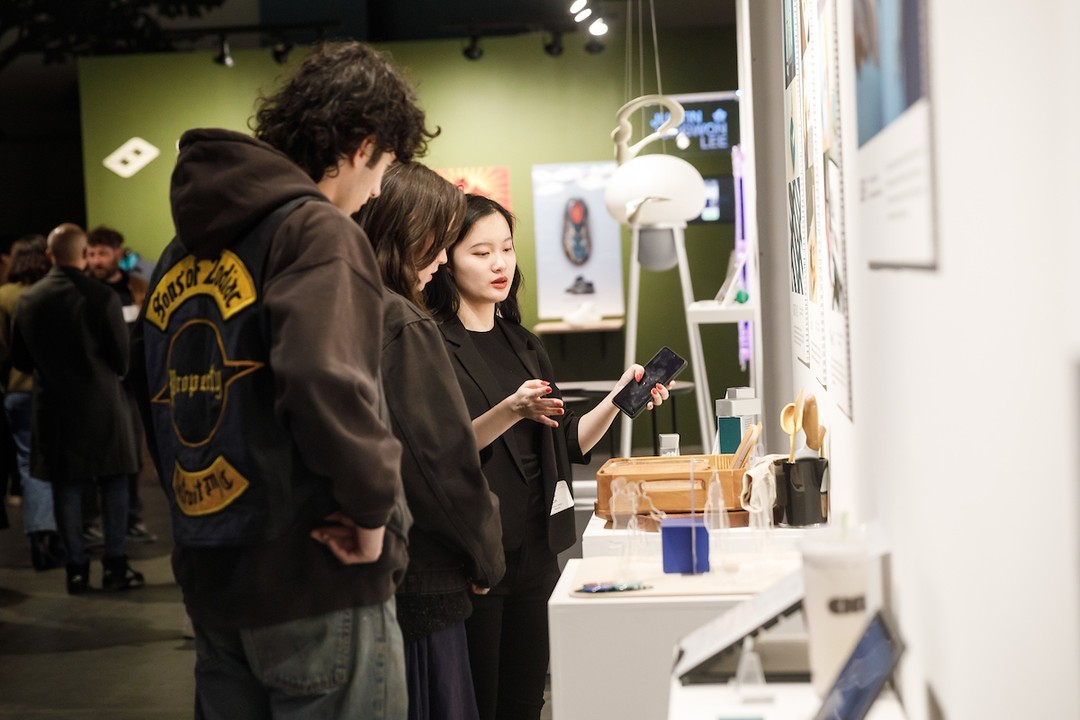

As always, we appreciate you sharing your insights and we’ve got a few more questions for you, but before we get to all of that can you take a minute to introduce yourself and give our readers some of your back background and context?
I’m Yian Lin, a Product Designer passionate about human centered design and user experiences.
My journey started during high school when I volunteered at the Shanghai Youth Technical School for the Hearing Impaired. One student told me how frustrating her hearing aid was to use, how poorly designed it felt. That conversation opened my eyes to how design could change lives and how often communities with disabilities are overlooked. That experience drove me to pursue industrial design, especially in healthcare and rehabilitation.
In 2022, I led design research and informative product design on a project with Cedars Sinai Medical Center, ranked the best hospital in California, where I designed an information booth system and branding that was selected by the hospital and to be further developed to help increase clinical trial participation. I also gained valuable experience at Perrigo, one of the world’s leading consumer health companies, where I designed oral care products and consumer electronics, and developed CMF trend research.
Currently, I’m a Junior Product Designer at SM Beauty, a Chicago based leading beauty and personal care company specializing in naturally derived, cruelty free cosmetics, where we design products that connect with people’s daily lives and contribute to the company’s growth in the competitive beauty market.
What sets me apart is my commitment to designing for impact. Whether it’s a medical device, consumer product, or packaging, form follows function and user needs come first.
My work has been recognized internationally, including the Spark Design Award, and has been showcased in design galleries multiple times. In 2024, I won the London International Creative Competition in both Product and Graphic categories for Mobeo, an electric scooter concept designed for urban commuters, and a packaging redesign concept for Dr. Teal’s.
I care deeply about designing for communities whose needs are often overlooked, while balancing empathy with commercial viability and practicality.
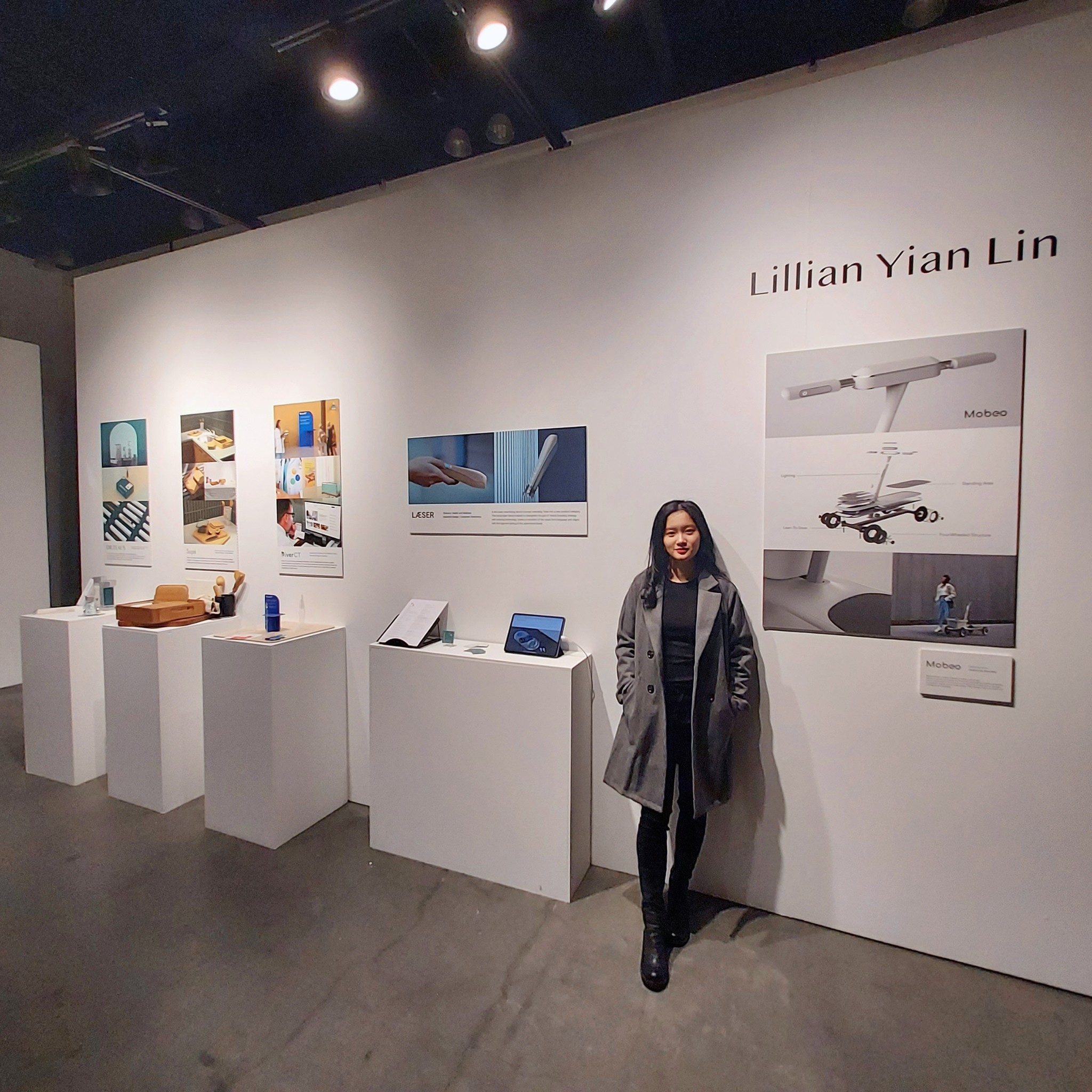

Is there a particular goal or mission driving your creative journey?
My mission is to create designs that enhance people’s lives in meaningful ways, especially for communities that are often overlooked. I’m driven by the belief that design should be a tool for care, empathy, and social impact.
This mission started 9 years ago during my volunteer work at a school for hearing impaired students, where I realized how much design could bridge gaps and improve quality of life. That set me on a path to focus on inclusive design, particularly in medical and rehabilitation spaces, which led to projects like Versita.
But my mission extends beyond medical design. My award winning projects like Mobeo and the Dr. Teal’s packaging redesign reflect this breadth. With Mobeo, I wanted to address urban mobility challenges as more commuters switch to personal scooters. I designed it with unique storage functions and compatibility for multiple user scenarios, making daily commuting more practical and accessible. With Dr. Teal’s rebranding concept design, I explored how to extend the brand into new health and personal care directions, bridging wellness with everyday rituals.
Through all my work, whether it’s consumer electronics, beauty products, packaging, or medical devices, I focus on deeply understanding user needs by engaging directly with people and iterating based on real feedback. That human centered approach informs everything I do.
I also believe innovative ideas are only valuable if they can actually be implemented, so I’m always thinking about manufacturing feasibility, material choices, and scalability. My goal is to continue pushing the boundaries of what design can do, creating solutions that truly matter in people’s lives.
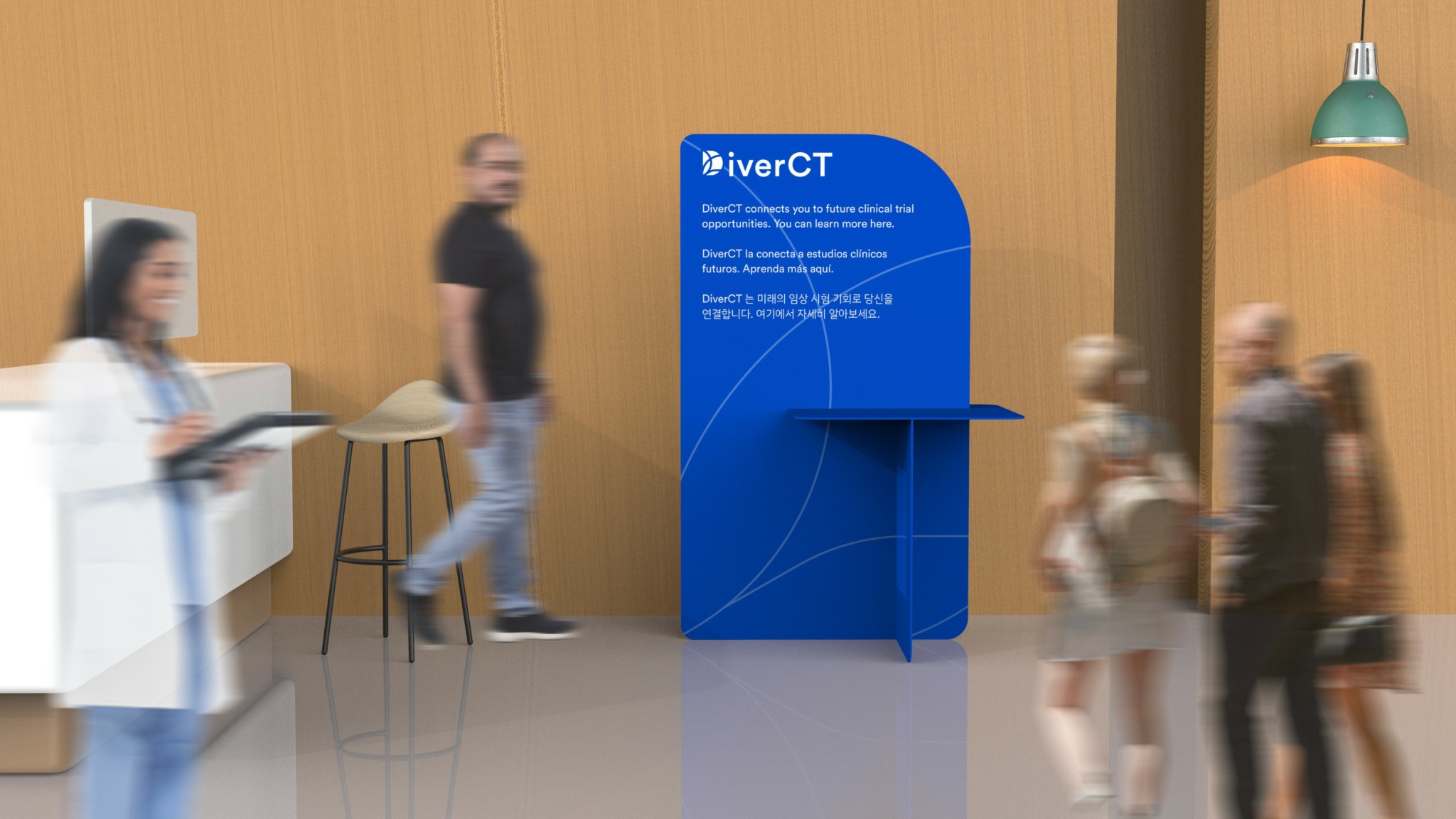
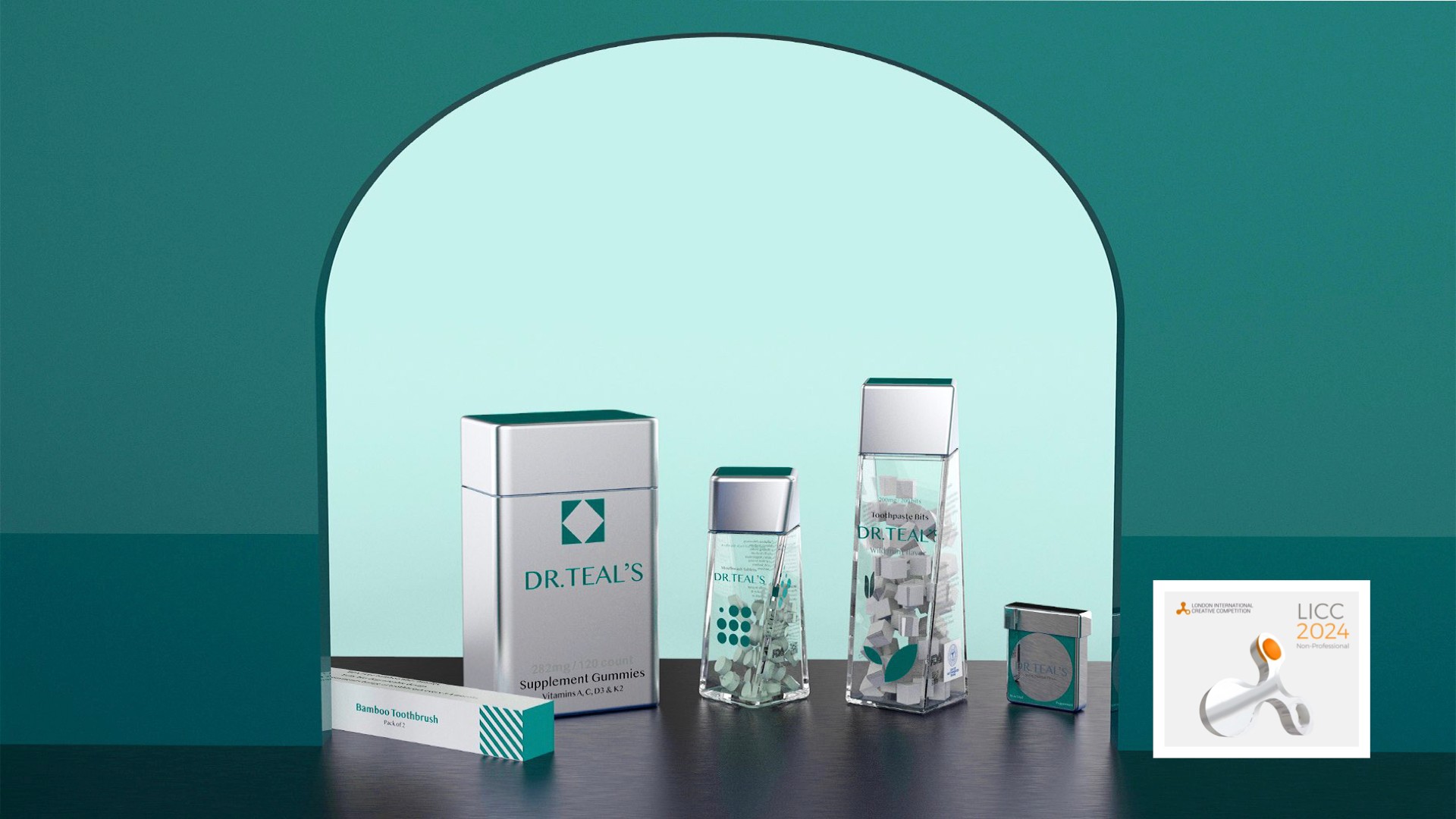
What do you find most rewarding about being a creative?
The most rewarding aspect is seeing my designs actually being used by real people and knowing they’re making a difference in someone’s life.
For example, during user testing for Versita, I visited Momentum4All in California to watch CP users test the drawing tool prototypes I had created through 3D printing technology. Seeing them hold the actual product and hearing that it genuinely helped them draw more comfortably and independently was incredible. They told me it allowed them to create more freely, and hearing that my design was solving a real problem, not just in theory but in practice, was the most fulfilling feeling.
I also love the process itself, the journey from ideation to final product. There’s something deeply satisfying about sketching ideas, building prototypes, testing, iterating, and eventually arriving at a solution that works. The problem solving aspect of design excites me.
But at the end of the day, the most rewarding part is knowing that my designs has the potential to make someone’s day a little easier or better. That’s what keeps me inspired.
Contact Info:
- Website: https://www.lillianlindesign.com/
- Instagram: https://www.instagram.com/yianl_id_design/
- Linkedin: https://www.linkedin.com/in/lillian-lin-927099200/
